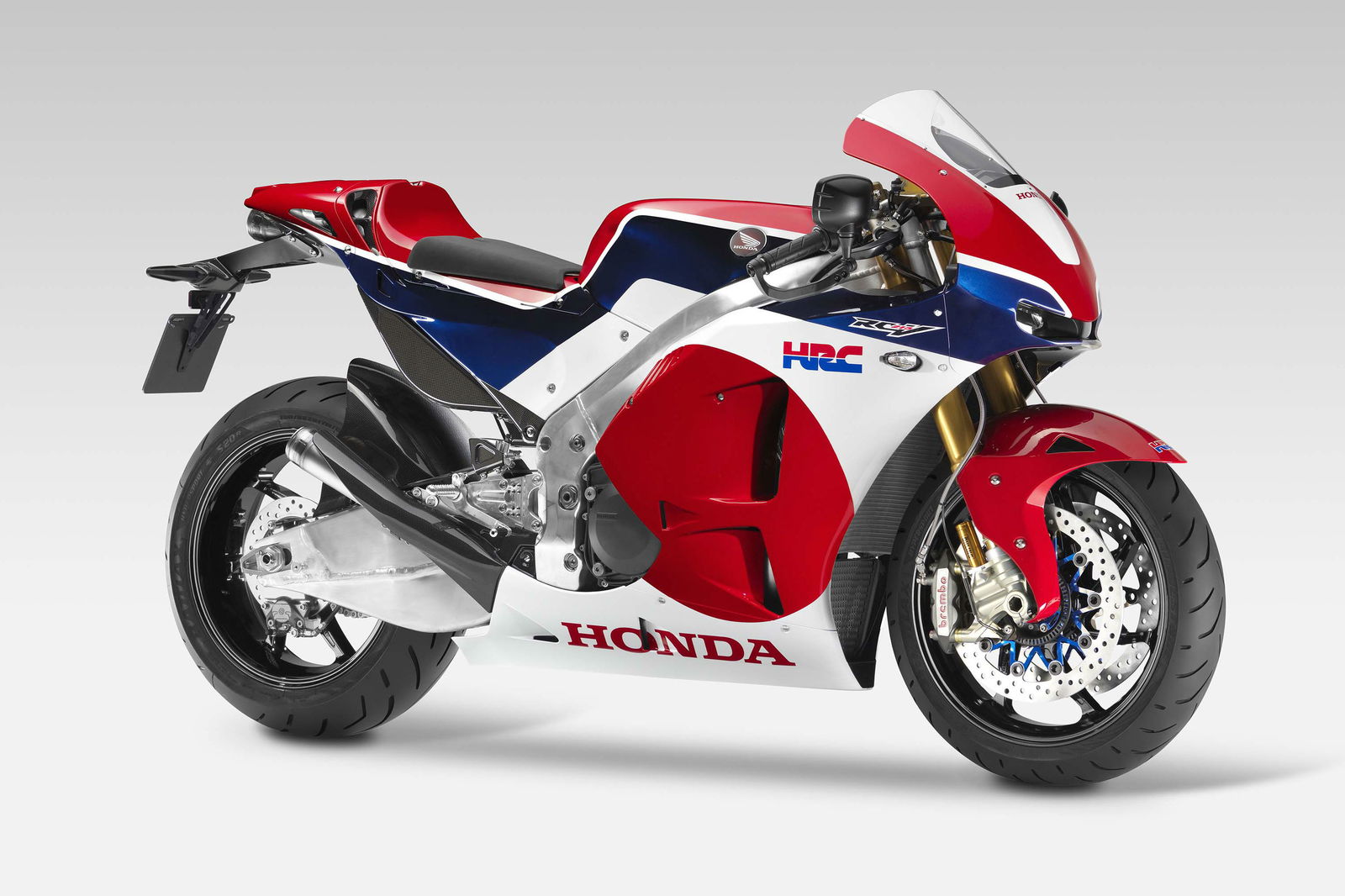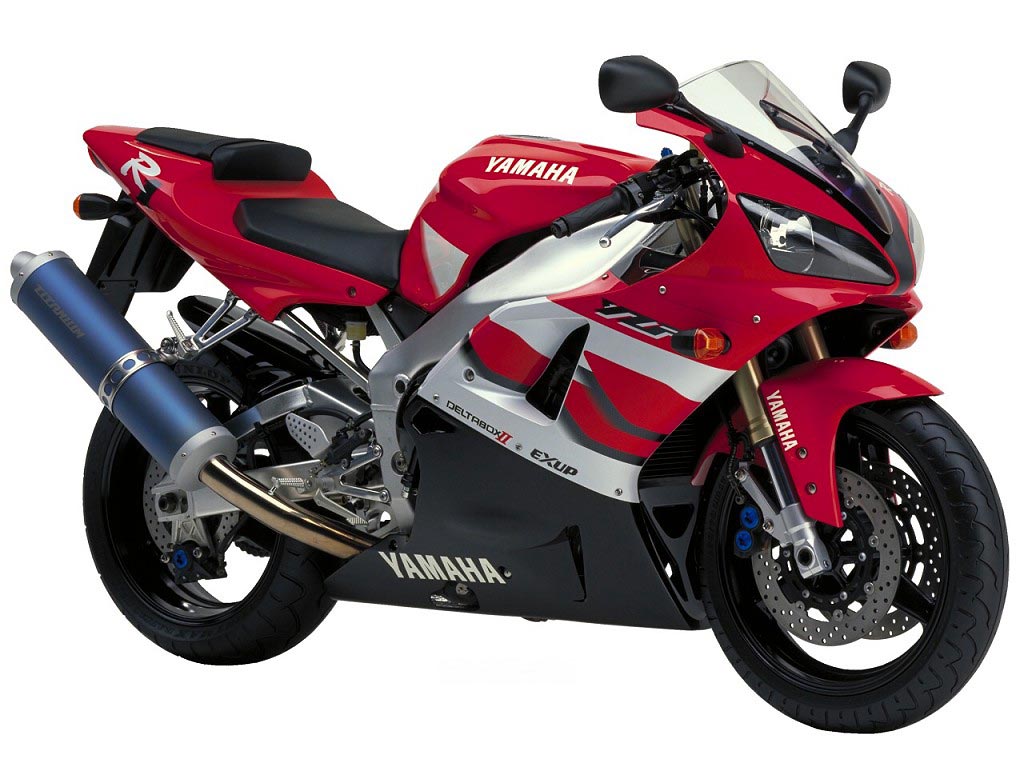Top 10 legendary 600s
A shortlist of the finest 600s from the past 30 years

IT’S weird, when you think about it, that bikes are so heavily defined by their engine capacities. People will talk about a ‘1000,’ a ‘600’ or a ‘250’ with no further definition even though the capacity alone arguably has little to do with a bike’s style, performance or ability.
This top 10 600s list could easily have been nothing more than a line-up of recent supersports machines. Instead we've tried to make it an all-encompassing tome of bikes ranging from cruisers to dual-sports, with one, two, three or four cylinders and performance from blistering to pedestrian.
So we’ve been harsh. If it’s not within a handful of cc’s of the 600cc mark, it’s out – and that includes stuff like SV650s and Daytona 675s as well as a host of older 500cc and 550cc machines that might otherwise have been worthy of consideration. You’re sure to disagree with some of our choices. Feel free to do so in the comments below.
��
10. Ducati Pantah 600 (1981)
We ummed and ahhed over this one for a while. The Pantah debuted as a 500 and it ended its life as a 650, and even the mid-life Pantah 600 was almost out of our specifications thanks to its 583cc motor. But at the end of the day it got the nod thanks to its position as the first of the belt-drive camshaft Ducatis, and as such arguably the first of the modern era. And, hard though it is to imagine a paucity of 600cc sportsbikes, back in 1981 the Pantah 600 was pretty much the only faired 600cc race-rep on the market.
9. Honda Hornet 600 (1998)
A mildly detuned CBR600 engine in a steel frame and wrapped in minimal bodywork that was pretty much the definition of ‘standard’. It might not sound like a recipe for long-lasting success, but the Hornet 600 had just enough ability and style to elevate it above the masses, and soon became the ‘first bike’ of choice for a generation. The high-level exhaust and (weirdly) an element of styling emphasis on one of the radiator tubes was enough to make an otherwise dull shape distinctive and slightly sporty. Everything else was ‘Honda’ of the era when that meant ‘so close to perfect that it’s verging on boring’. Which explains why it was so well loved.
8. Yamaha FZS600 Fazer (1998)
The first-gen Fazer 600 was, arguably, not as good as the Hornet it was competing against. And on the used market it’s probably an even less sensible choice, because they’re unlikely to have fared well over the last decade or so. But there’s something brutal about the original tube-framed Fazer 600, with its finned engine and slotty headlights, that elevates it above the on-paper arguments. Maybe it’s just a little more masculine than the Hornet, with a hint of muscle bike about its stance. Maybe it’s the slightly more bad-boy reputation. The fact you’re now most likely to see them commanded by wobbling, flouro-jerkined, “under instruction” riders hasn’t managed to dull their appeal.
7. Suzuki GSX-R600 SRAD (1997)
It was always inevitable that a GSX-R600 would make this list, but the choice of which one was a tough call. The 1997 SRAD edged lighter, later models and the perimeter-framed earlier machines thanks to styling and technology that elevated them above their rivals at the time and still makes them instantly recognisable today. That humpbacked tail was, if you remember, directly inspired by Suzuki’s GP machinery of the time, and marked out a real attempt to add some serious wind-tunnel-tuned aero to a production 600. The frame was almost unimaginably beefy for its era (and compared to today’s finely tuned designs it looks positively girder-like). Still a decent track-day tool today, and a bargain with it.
6. Honda CBR600RR (2003)
The old CBR600F was a jack-of-all-trades with sensible styling and a big dash of comfort, that hung on to a steel tube frame long after its rivals had switched to far more sophisticated designs. But the CBR600RR from 2003 was a massive leap forward – creating a race-rep that looked virtually identical to the all-conquering RC211V MotoGP bike. Even now, a dozen years on, the current CBR600RR is still largely derived from the same design, showing just how revolutionary it was. Well looked after, the oldest RRs still go for as much as £4000, which means they’ve held their value quite remarkably over the years, too – they were £7199 new, so have lost less than 50% of their value in 11 years.
5. Yamaha R6 (2006)
When the 2006 R6 appeared in late 2005, it caused nearly as big a stir in the 600cc class as the R1 had done back in 1998 - moving the whole game on in a way that few others had ever managed. Much was made of the 17,500rpm redline – an incredibly high figure for a 600 that in fact proved too good to be true. It turned out that, in reality, the rev-counter was a tad optimistic; the bike really hit its limiter somewhere shy of 16,000rpm. But that’s all an aside to a machine that upped the class’s game on pretty much every front. Not a comfy commuter, but still a formidable tool today and one that dates from the tail end of a ‘mechanical’ era, just before electrickery started dominating sports bike chat.
4. Kawasaki ZX-6R (2003)
It might raise an eyebrow or two to place the 2003 ZX-6R above the two previous machines in the pantheon of 600s, but we’re talking about ‘legend’ status here rather than more easily defined attributes. For us the green machine – and particularly the short-lived version with the reverse-angled headlights from 2003-2004 – has a certain something that the R6 and the CBR600RR miss out on. It was really down to the sheer level of kit this bike had. When most 600s had right-way-up forks and ‘budget’ brakes, it got radial calipers and beefy upside-downers. There was a lap timer on the dash, back when such a thing was unusual enough to be worth mentioning. And it just felt so small and focussed compared to its predecessors.
3. Suzuki Bandit 600 (1996)
In any objective test between the machines on this list, the Bandit 600 would probably come near the bottom. It’s slower than most of them. It won’t handle as well as any of the sports bikes. It can’t even really offer the same practicality, thanks to the lack of fairing. But when we look back in decades to come, the Bandit is one of the few machines that can truly claim to have spawned enough imitators that a class would be named after it – for a long while, any naked, ‘standard’ bike couldn’t avoid being called a ‘Bandit-rival.’ And then there’s the sheer breadth of its appeal. Sensible, hi-vis-jacketed, grey-haired riders loved them. But so did newbies. And then there were the camo-trousered, Simpson-helmeted wheelie fans that were nothing without their Renthal-barred Bandits. Surely the Bandit name, and such a versatile bike, is overdue a comeback?
2. Ducati Monster 600 (1994)
It’s been two decades since the Monster appeared in 600cc form, and even more than the earlier 900cc version it’s responsible for a transformation of Ducati into a brand synonymous with style to both motorcyclists and non-bikers. Back in the '90s, the Monster was such a fashion icon that there were plenty of style-conscious city-dwellers who were taking their bike tests purely to be able to be seen on a Monster. While Tamburini’s 916 gets all the praise, it’s arguably Miguel Angel Galluzzi’s Monster that gave Ducati the presence that enabled the firm to survive and attract a whole new type of customer. While the 900cc version came first, it was the 600 that got the bigger sales numbers and gave an entry level to the Ducati line-up. It might have missed out on its siblings’ performance but it lacked none of their kerb appeal.
1. Honda CBR600F (1987)
When it comes to 600s with ‘legend’ status, it’s hard to argue for anything to be number one other than the original CBR600F. Before this bike, there was no ‘600’ class. The CBR600F was an ambitious attempt to create a single bike that was all things to all people, and it worked remarkably well, effectively doing the same all-rounder trick as the VFR750, just in a lower class and at a much lower price. In all its steel-framed glory, with basic suspension, 85bhp engine and jellymould styling, it proved to be just as happy touring as on the track. The styling was updated for the 90s but the same steel-framed thinking carried on long after its rivals switched to aluminium. Despite being low-tech, the CBR just kept winning on the track (taking European supersports titles in '91, '92, '93 and '94) and in showrooms, where it was a best-seller year after year. Surely any remaining 1987-spec CBR600s in mint condition (are there any?) are soon to rocket in value.

